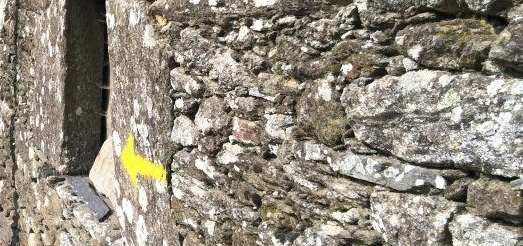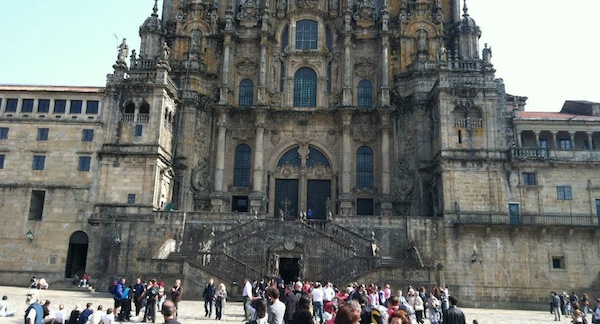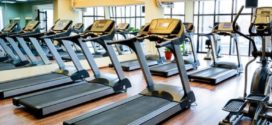“I’m going on pilgrimage in May.”
The response I get to that statement tends to be a wavering look of indecision, a momentary pause, and something aimed at not really offending.
Except, of course, when I tell my Spanish-junkie friends. Then the response is more like “That is on MY bucket list!” or “I wish I was going too!” or “Need company?”
I will be heading out shortly for my second week of pilgrimage on the Camino de Santiago through northern Spain. My first pilgrimage was in October of 2011, a life-changing experience. Your only job each day is to get up and walk to your next destination. You can talk, think, walk, consult. You cannot go online, or check Facebook every 25 seconds. As middle-aged pilgrims, we have our luggage moved for us. It is not carried on our backs. But we log about 25 kilometers a day, sometimes more, never less it seems. Your feet swell, some joints begin to ache, but your sole endeavor every day is to make it to the next stop on the Camino.
And this is Spain. You might be walking through what seems to be a forever-wild forest, and suddenly you come upon a bar, with a pilgrim menu, and usually some Spaniards partaking of the occasional beer, wine and/or cigarette.
You start to recognize other pilgrims, coinciding maybe one day, and then again three days later. Your conversations become deeper with each new encounter.
Then you arrive in Santiago de Compostela, and the cathedral draws you in, regardless of your religious affiliation, or lack of religion. It is a place that commands respect, like St. Peter’s Basilica in Rome. It makes you think about bigger questions in life. And in the plaza in front of the cathedral, you re-encounter the pilgrims you have already met on the Camino.
Iconic signs of the Camino: the yellow arrow, directing you towards Santiago; the shell, telling you you are on the Camino and how many kilometers remain between you and Santiago de Compostela; walking sticks, necessary to absorb the shock of your feet against the road; your Pilgrim passport, stamped at each and every way-station to prove you have completed the pilgrimage.
Other side benefits of the Camino: amazing local white wines that you cannot find in the US, pulpo a la gallega – octopus with smoked paprika, Galician bread that I can no longer eat, locals and pilgrims eager to meet you and hear your story.
The Camino calls. Posts from the road to follow. And as we say on The Way, buen camino.
It’s about the journey, not just the destination.
 Sauced In New York Sometimes the food is in the sauce, sometimes we are
Sauced In New York Sometimes the food is in the sauce, sometimes we are







Bon voyage, Claire (or however that translates into Spanish..) Enjoy!
Buen viaje! Gracias!
I look forward to reading the stories of your adventures and live vicariously through them. Someday I plan to take my kids on the pilgrimage when they are old enough so we can share the adventure together.
I’ll be back in May of 2014 with Saint Rose students! It is amazing how that age group relates to what the Camino offers! They are jazzed already!